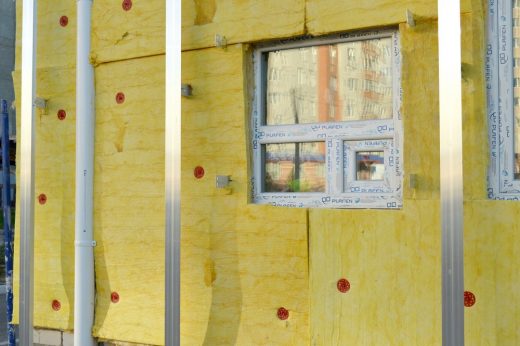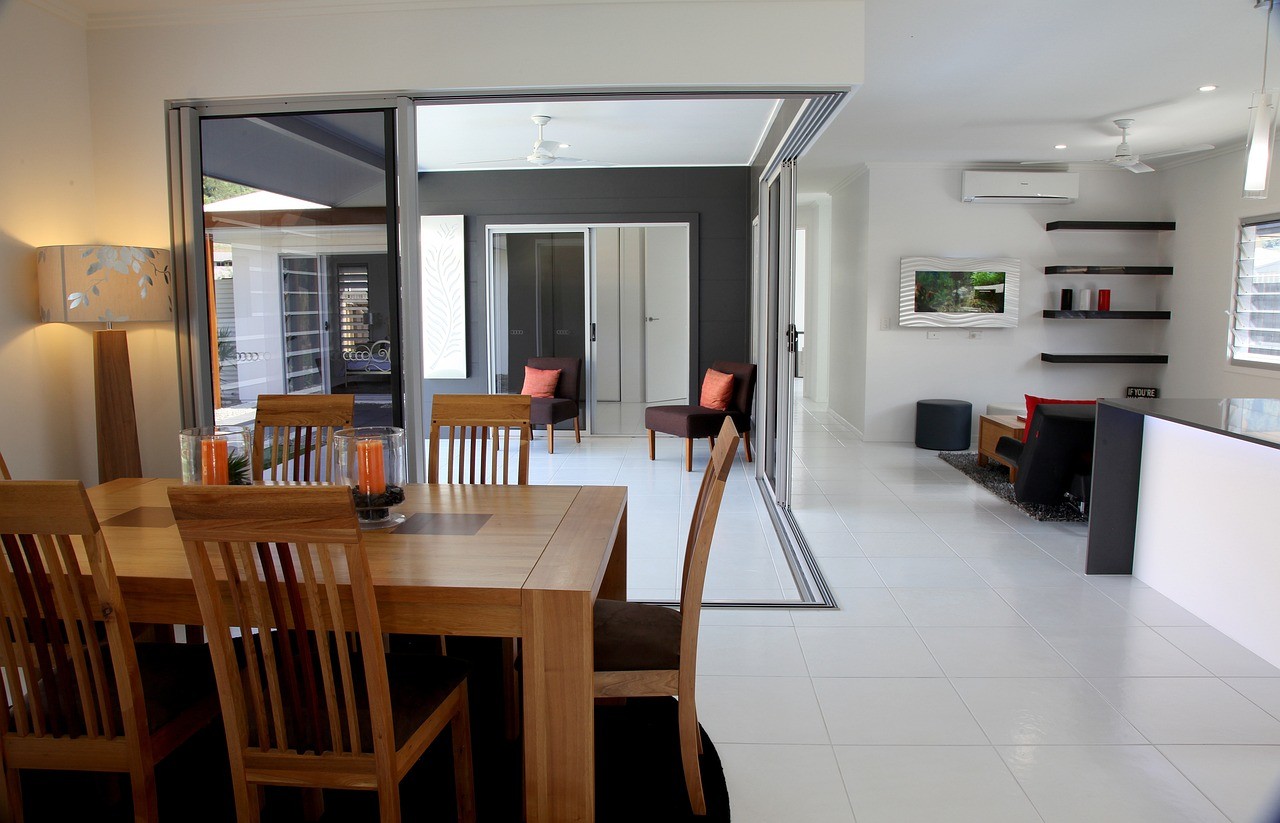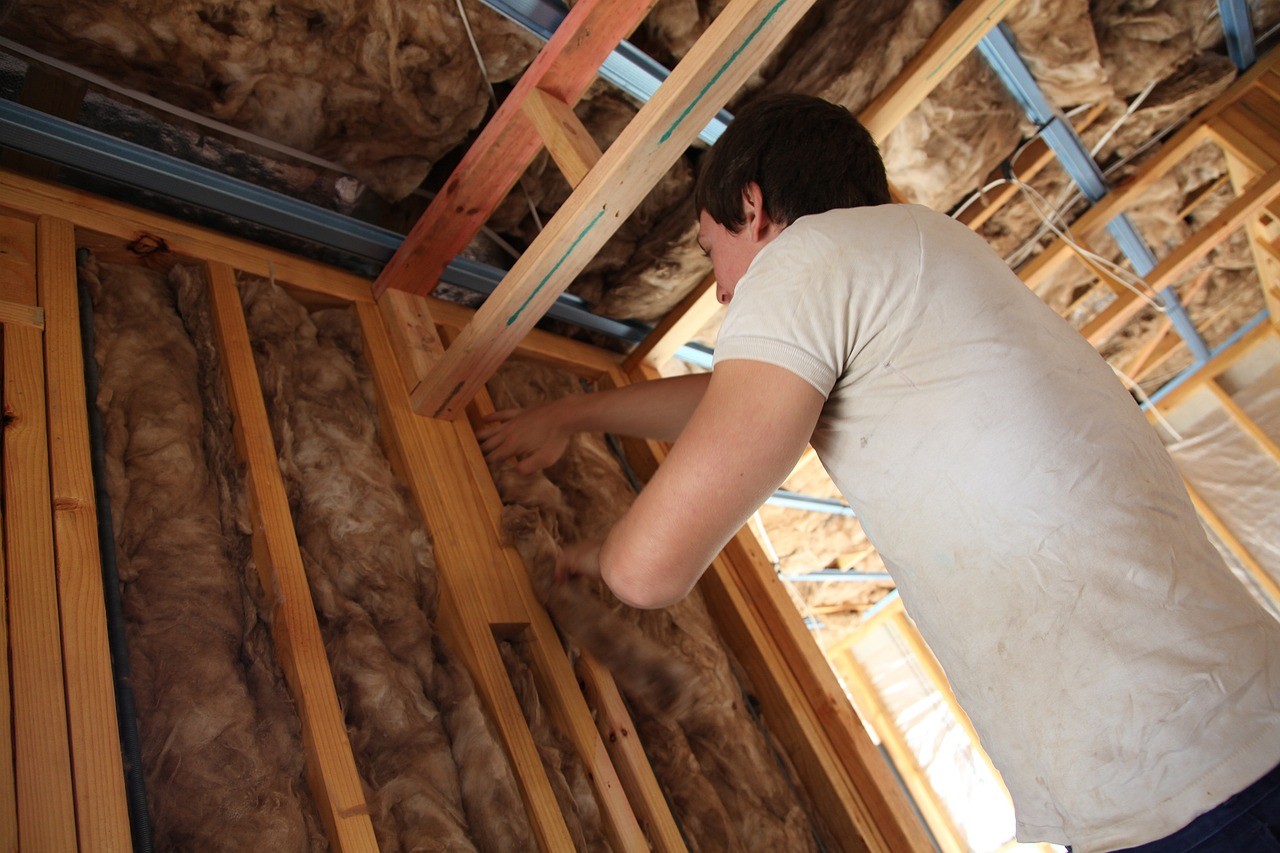Energy-efficient homes: how to save money, Eco residence tips, Sustainable property advice
Energy-Efficient Homes: How to Save Money While Being More Eco-Friendly
30 October 2023
Embracing energy efficiency is not just about conserving resources—it’s a conscious lifestyle decision. By transforming your living space into an energy-efficient home, you’re taking a powerful step towards substantial savings and making a positive impact on our environment.
Energy-efficient homes incorporate state-of-the-art design and technology to reduce energy consumption. From energy-efficient heating and cooling systems to plumbing fixtures and electrical fittings, every element works harmoniously to create a space that is not only comfortable but also cost-effective and environmentally friendly. With these components in place, you can enjoy a home that prioritizes your comfort while minimizing your carbon footprint. That’s what energy efficiency is all about.
What Does Energy Efficiency Mean for Your Home?
Energy efficiency is all about achieving the same tasks while using less energy. In an energy-efficient home, various components work together seamlessly to reduce energy consumption. Take a look at factory seconds Sydney.
By using less power, we contribute to reducing the release of harmful fumes from power plants, conserving our planet’s resources, and preserving our precious ecosystems. It’s a significant step towards embracing sustainable living.
Energy efficiency also directly impacts your savings. In an energy-efficient home, you can expect reduced utility bills due to lower energy consumption. Over time, these savings can add up significantly.
Look for home appliances with the Energy Star label, as they are independently certified to save energy without compromising on features or functionality. These products not only save money but also help reduce emissions, meeting strict energy efficiency criteria set by the U.S. Environmental Protection Agency. Plus, you may even be eligible for rebates and incentives when purchasing these energy-efficient products.
Stay Warm and Save More with Energy-Efficient Heating Solutions
When it comes to energy efficiency in our homes, heating is an area that deserves our attention. An energy-efficient heating system can make a significant difference in reducing both your energy bills and carbon footprint.
Energy-efficient heating employs advanced technology and intelligent designs to use less energy while delivering the same amount of heat. For instance, an efficient furnace can adjust its output based on the outdoor temperature, eliminating energy waste. Furnaces with Energy Star certification boast higher Annual Fuel Utilization Efficiency (AFUE) ratings, indicating their ability to convert more fuel into usable heat. This not only saves you money but also helps reduce greenhouse gas emissions.
Maintaining your home’s energy envelope is another crucial aspect of energy-efficient heating. This involves ensuring proper insulation, sealing cracks and gaps, and using energy-efficient window glass to minimize heat loss. By doing so, your heating system won’t have to work as hard to keep your home warm.
In addition, combining your heating system with efficient appliances like a programmable thermostat can further maximize your savings and contribute to energy conservation.
Improving your home’s energy efficiency doesn’t always require investing in new systems. Simple changes such as regular maintenance of your heating system, adjusting thermostat settings, or layering up with a sweater when the temperature isn’t too low can also make a difference.
Stay Fresh and in Budget with Energy-Efficient Cooling
Keeping cool during the summer doesn’t have to come at the expense of your energy bills or the environment. Energy-efficient cooling systems offer a solution that allows you to stay comfortable without wreaking havoc on your budget or the ozone layer.
Energy-efficient air conditioners are designed to keep your home cool while minimizing energy consumption. Look for units with the Energy Star label, as they often have higher SEER ratings (Seasonal Energy Efficiency Ratio), meaning they deliver the same cooling output using less energy.
Ductless mini-splits and heat pumps provide even more energy-efficient cooling options. These systems use less power compared to central AC units and allow you to cool specific rooms or zones rather than the entire house.
Smart or programmable thermostats are another game-changer for an energy-efficient home. By adjusting your cooling system to run at lower intensity levels when you’re away, these smart devices save both energy and money.
Consider incorporating energy-efficient air fans into your cooling strategy. They consume only a fraction of the energy required by traditional air conditioning units, making them a cost-effective and eco-friendly alternative for keeping cool when the heat isn’t too high.
Implementing shading devices on your windows or using reflective materials on your roof can also reduce the amount of heat entering your home. This eases the workload on your already energy-efficient cooling system, allowing it to operate more efficiently.
Just remember, even the most energy-efficient cooling systems require regular maintenance to ensure optimal performance. A well-serviced cooling system operates efficiently, conserves energy, and further reduces costs.
Maximizing Savings with Energy-Efficient Plumbing
An often overlooked aspect in the pursuit of an energy-efficient home is plumbing. Though it may not be the first thing that comes to mind when you think of energy efficiency, the role of energy-efficient plumbing in water and energy conservation is crucial.
By leveraging energy-efficient plumbing solutions, we can reduce our water consumption and heating needs significantly, contributing to the overall energy conservation of our homes. There are several plumbing technologies and fixtures available today that can make a huge difference in your water and energy consumption.
Low-flow showerheads, for instance, can provide the same robust water pressure while using less water. Dual-flush toilets offer another example of efficiency, allowing for a choice between two flush strengths to prevent unnecessary water usage.
Solar water heating systems deserve special mention. Active solar heating systems use pumps and controllers to circulate water, while passive solar systems work without these mechanical devices, relying on natural convection to circulate water. Both are environmentally friendly and cost-effective energy-efficient plumbing solutions.
And let’s not forget about tankless heaters, which heat water on demand. This energy-efficient plumbing upgrade means less energy is wasted in keeping a tank of water at ideal temperature, and it ensures you never run out of hot water!
On the other hand, simple practices like fixing leaks promptly, insulating pipes, or using hot water judiciously can also contribute to energy efficiency. By taking these small steps, you can make a big impact on your water and energy consumption while promoting a more sustainable, energy-efficient home.
Be Power-Smart: How to Increase Electrical Efficiency
Now that technology is intricately woven into our lives, it’s crucial to leverage energy-efficient appliances and strategies to curtail our electricity usage, and move towards energy-efficient homes.
One way to do this is by buying appliances that contribute to electrical efficiency. They are designed to do the same work as their less efficient counterparts but consume less electricity in the process. For example, an Energy Star-certified refrigerator uses 15% less energy than non-certified models.
Let’s not forget about the small changes that can have a big impact. In the way of energy-efficient lighting, consider switching to LED light bulbs, for instance. It is an easy and cost-effective way to increase electrical efficiency, as the LED light bulbs use up to 80% less energy than traditional incandescent bulbs. Plus, they can last up to 25 times longer.
Moreover, we can make our homes smarter with the use of devices like smart plugs and motion sensors. Smart plugs allow you to turn off appliances completely, boosting electrical efficiency by eliminating the energy that is often wasted when devices are left on standby. Motion sensors, on the other hand, ensure lights and other devices are only on when they’re needed, preventing unnecessary electricity usage.
Increasing your home’s energy efficiency isn’t just about investing in new technology: it’s also about changing habits. Unplugging devices when they’re not in use, using natural light when possible, and keeping your appliances well-maintained are all ways to help increase electrical efficiency.
By understanding and implementing all these strategies, you’re not just investing in an energy-efficient home to save money in the long run—you’re contributing to a brighter future for our planet.
Comments on this Energy-efficient homes: how to save money while being more eco-friendly article are welcome.
Sustainable Homes
Sustainability Posts
7 innovative designs to make your home sustainable

How to Make a Home more Eco-friendly
Can you have a net-zero house?
Building Articles
Residential Architecture
Planning Dialogue Hafner Konstanz
Comments / photos for the Energy-efficient homes: how to save money while being more eco-friendly page welcome






